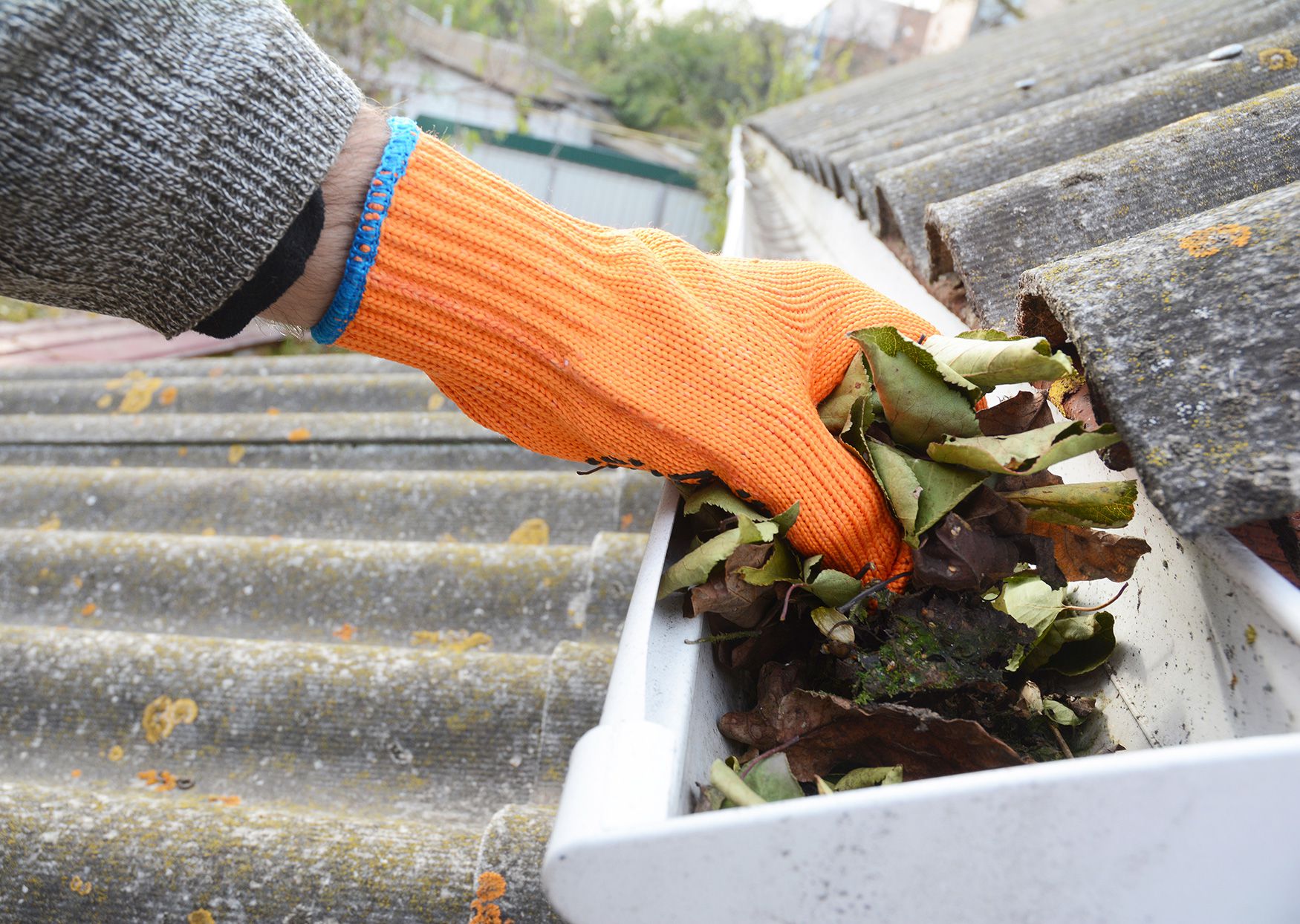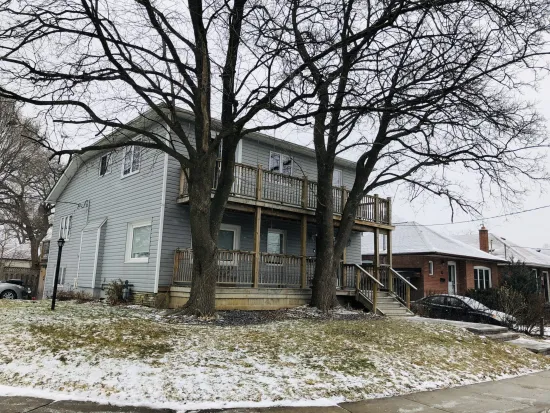In the realms of insurance and real estate, inspections stand as critical milestones that safeguard both investments and peace of mind. Whether you’re a homeowner, potential buyer, or insurance holder, understanding the nuances of various inspections can be a game-changer. This comprehensive guide delves into the essentials of insurance and real estate inspections, offering insights that help you navigate these processes with confidence.
The Foundation of Insurance Inspections
Insurance inspections are pivotal in determining the risk associated with an insured property. These assessments allow insurance companies to evaluate the condition of a property, identifying potential hazards or issues that might affect its insurability.
Why Insurance Inspections Matter
- Risk Assessment: Insurers need a clear picture of the property’s state to set premiums accurately.
- Policyholder Protection: Inspections can uncover hidden issues, allowing homeowners to address them before they escalate.
- Compliance: Certain areas require specific inspections to comply with local regulations and insurance requirements.
The Role of Real Estate Inspections in Property Transactions

Real estate inspections go beyond surface-level evaluations, offering deep dives into a property’s condition before a sale. These inspections protect both buyers and sellers, ensuring transparency and honesty in real estate transactions.
Key Aspects of Real Estate Inspections
- Structural Integrity: Inspectors assess the property’s foundational and structural soundness.
- Systems Functionality: Electrical, plumbing, heating, and cooling systems undergo thorough checks for efficiency and safety.
- Environmental Assessments: Mold inspections and assessments identify potential health hazards, while termite and WDO (Wood Destroying Organisms) inspections safeguard against structural damage.
Integrating Technology: The Emergence of Docusketch Reports
Docusketch reports represent the cutting edge in property inspection technology. These digital reports provide immersive, 360-degree tours of properties, allowing for detailed visual documentation. This technology benefits both insurance and real estate sectors by:
- Enhancing Transparency: Virtual tours offer a clear view of the property’s condition, minimizing disputes.
- Streamlining Processes: Digital reports simplify sharing and reviewing, facilitating faster decision-making.
Specialized Inspections: Mold, Sewer, and Termite Assessments
Certain inspections require specialized knowledge and equipment, particularly when dealing with potential hazards that are not visible to the naked eye.
Mold Inspections and Assessments
Mold poses significant health risks and structural damage concerns. Professional mold inspections identify hidden mold havens, guiding remediation efforts to ensure a safe living environment.
Sewer Camera Inspections
Sewer camera inspections offer a glimpse into the unseen, revealing issues within a property’s sewer system. These inspections are crucial for older homes or in areas prone to sewer problems, preventing costly repairs down the line.
Termite and WDO Inspections
Termites and other wood-destroying organisms can compromise a property’s structural integrity. Professional inspections identify current infestations and potential risk areas, a must-have for properties in susceptible regions.
The Importance of Professional Inspections
While the DIY route might be tempting, the complexity and importance of these inspections underscore the need to call professionals. Trained inspectors bring expertise, specialized equipment, and an unbiased perspective, ensuring thorough assessments and reliable reports.
Navigating the Inspection Process: Tips for Homeowners and Buyers
- Research and Hire Reputable Inspectors: Look for licensed professionals with positive reviews and relevant experience.
- Understand the Scope: Know what each inspection covers and discuss any specific concerns with your inspector.
- Review Reports Carefully: Inspectors provide detailed reports post-assessment. Review these documents closely and consult with the inspector for clarifications.
- Plan for Remediation: If issues are uncovered, prioritize remediation efforts. Some fixes might be simple, while others could require significant investment.
- Re-inspection: For significant concerns, consider a re-inspection post-remediation to ensure all issues have been adequately addressed.
Conclusion
Insurance and real estate inspections are integral to maintaining, buying, or insuring a property. They not only protect financial investments but also ensure the safety and well-being of occupants. By understanding the types, purposes, and processes of these inspections, property owners and potential buyers can make informed decisions, ensuring peace of mind in their property transactions. Remember, when in doubt or faced with the intricacies of property inspections, calling a professional is not just an option—it’s a necessity.
Navigating the landscape of insurance and real estate inspections with the right knowledge and professionals by your side can turn these daunting tasks into manageable, informed steps towards securing your investment and ensuring your property’s safety and compliance.


